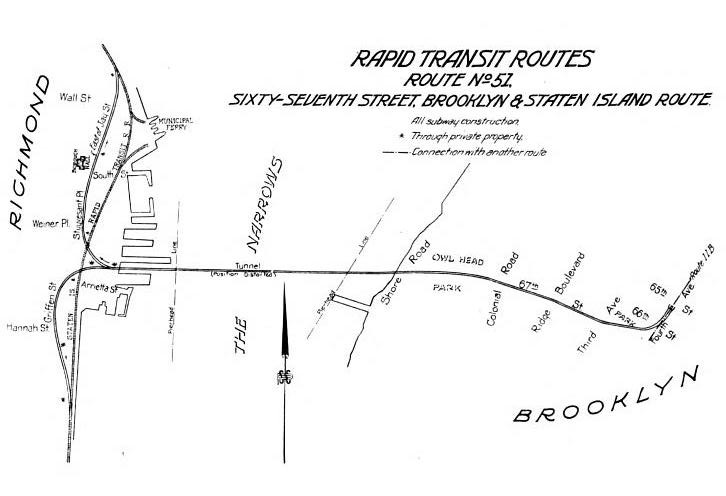A Bay Ridge-Staten Island Ferry: Here’s How to Pay for It

Last week’s “Focus on Bay Ridge” column asked, “Does Bay Ridge Need Another Ferry to Staten Island?”
Prior to opening of the Verrazzano-Narrows Bridge in 1964, ferry service ran from the Bay Ridge’s 69th Street pier to the St. George, Staten Island Ferry Terminal, with connections to the Whitehall Street-Manhattan Ferry Terminal. The ferry, which was municipally owned by privately operated, stopped operating soon after the bridge opened. Fifty-seven years later, isn’t it time to restore a Staten Island-to-Brooklyn ferry service?
Here are some ways to pay for such a ferry. There is continued good news from Washington concerning federal support for transportation. The Federal Transit Administration announced a Notice of Funding Availability (NOFA) on Aug. 6. This is an opportunity to apply for $38 million in Fiscal Year 2021 competitive grant funding for passenger ferry projects nationwide.

Brooklyn Boro
View MoreNew York City’s most populous borough, Brooklyn, is home to nearly 2.6 million residents. If Brooklyn were an independent city it would be the fourth largest city in the United States. While Brooklyn has become the epitome of ‘cool and hip’ in recent years, for those that were born here, raised families here and improved communities over the years, Brooklyn has never been ‘uncool’.